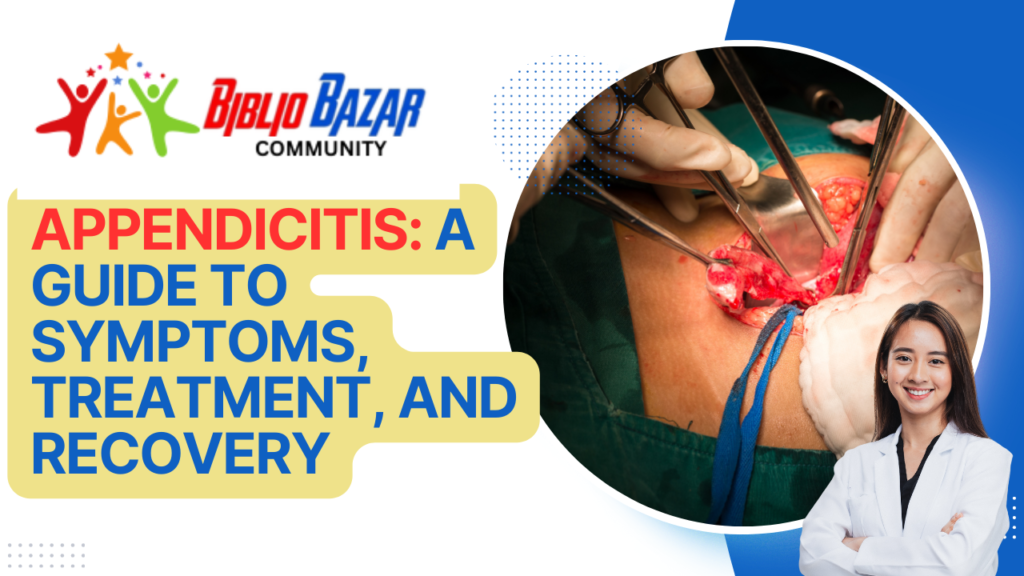
Rectal prolapse is a medical condition where the rectum, the final part of the large intestine, protrudes through the anus. This condition can range from partial prolapse, where only the mucous membrane of the rectum is involved, to complete prolapse, where the entire rectal wall is displaced. Additionally, rectal prolapse can be internal, meaning the rectum collapses but does not exit the anus. The primary causes of rectal prolapse include chronic constipation or diarrhea, which leads to increased straining during bowel movements, ultimately weakening the rectal muscles and supporting structures. Other contributing factors include advanced age, multiple childbirths, pelvic floor dysfunction, and neurological conditions such as spinal cord injuries or multiple sclerosis.
Several risk factors contribute to the development of rectal prolapse. Chronic straining due to constipation or diarrhea is a major risk factor. The condition is more common in older adults due to the natural weakening of pelvic muscles with age. Women are more likely to experience rectal prolapse than men, particularly those who have had multiple vaginal deliveries. Additionally, neurological conditions affecting nerve function in the pelvic region can increase the risk.

Symptoms of rectal prolapse include a noticeable bulge from the anus, which may initially occur during bowel movements but can eventually happen during normal activities such as walking or standing. Other symptoms include fecal incontinence, mucus discharge, rectal bleeding, and a sensation of incomplete bowel evacuation. Pain is not typically a primary symptom but may occur if the prolapse becomes strangulated, leading to impaired blood flow to the protruded tissue.
Treatment options for rectal prolapse depend on the severity of the condition and the patient’s overall health. Non-surgical treatments include dietary modifications to prevent constipation, pelvic floor exercises to strengthen the supporting muscles, and the use of stool softeners or fiber supplements. If these measures are insufficient, surgical intervention may be necessary. Surgical options include procedures performed through the abdomen or the perineum. Abdominal procedures, like rectopexy, involve attaching the rectum to the sacrum to prevent further prolapse. Perineal procedures, such as the Altemeier or Delorme procedures, focus on removing the prolapsed section of the rectum and reinforcing the remaining tissue.

Surgical management aims to correct the prolapse and restore normal rectal function. Rectopexy, typically performed laparoscopically, is considered the gold standard for treating complete rectal prolapse. This procedure involves securing the rectum to the sacrum using sutures or mesh. In elderly patients or those with significant comorbidities, perineal approaches might be preferred due to their less invasive nature. The choice of surgery depends on the patient’s health, the extent of the prolapse, and the surgeon’s expertise.
A nursing care plan for patients with rectal prolapse focuses on preoperative and postoperative care, patient education, and support for lifestyle modifications. Preoperative care involves preparing the patient for surgery, including bowel preparation and managing any underlying conditions such as chronic constipation. Postoperative care includes monitoring for complications like infection or recurrence of the prolapse, ensuring effective pain management, and encouraging early mobilization. Nurses play a crucial role in educating patients about the importance of maintaining a high-fiber diet, adequate hydration, and regular exercise to prevent constipation. They also provide guidance on performing pelvic floor exercises and recognizing early signs of prolapse recurrence to seek timely medical intervention.

Rectal prolapse is a challenging condition that significantly impacts the quality of life. Prompt diagnosis and appropriate management, including surgical intervention when necessary, can alleviate symptoms and improve outcomes. Comprehensive nursing care, focusing on patient education and lifestyle modifications, is essential for preventing recurrence and ensuring long-term well-being. Subscribe us for more videos like this and visit bazarbiblio.com for notes and free pdf books. Thank you.
Frequently Asked Questions (FAQs)
- What is rectal prolapse?
Rectal prolapse is a condition where the rectum protrudes through the anus, which can be partial or complete. - What are the main types of rectal prolapse?
Rectal prolapse can be classified as partial, complete, or internal prolapse. - What causes rectal prolapse?
Causes include chronic constipation or diarrhea, advanced age, multiple childbirths, pelvic floor dysfunction, and certain neurological conditions. - Who is at risk for rectal prolapse?
Risk factors include older age, multiple vaginal deliveries, chronic straining, and neurological conditions affecting the pelvic nerves. - What are the symptoms of rectal prolapse?
Symptoms include a noticeable bulge from the anus, fecal incontinence, mucus discharge, rectal bleeding, and a sensation of incomplete bowel evacuation. - How is rectal prolapse diagnosed?
Diagnosis typically involves a physical examination, medical history, and possibly imaging studies to assess the extent of the prolapse. - What non-surgical treatments are available for rectal prolapse?
Non-surgical treatments include dietary changes, pelvic floor exercises, stool softeners, and fiber supplements. - When is surgery necessary for rectal prolapse?
Surgery is considered when non-surgical treatments are ineffective or if the prolapse is severe and impacts quality of life. - What surgical options are available for rectal prolapse?
Surgical options include abdominal procedures like rectopexy and perineal procedures such as the Altemeier or Delorme procedures. - What is the role of nursing care in managing rectal prolapse?
Nursing care involves preoperative and postoperative care, patient education, and support for lifestyle modifications to prevent recurrence.
Discover more from Bibliobazar Digi Books
Subscribe to get the latest posts sent to your email.


